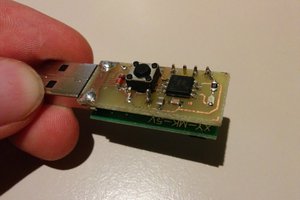Overview
You Have Mail is a mailbox sensor unit that will let you know when you have new mail or when it is has been removed. It will also accept delivery of your internet shopping into a locked mailbox. The courier enters the order number/tracking number via a keypad and You Have Mail will unlock the mailbox and accept delivery of the package. No more shopping items left at your front door or stuck at the post office. It sends a SMS/Email over WiFi to your mobile phone to let you know you have mail/packages. (You mobile does NOT have to be in the same WiFi network as You Have Mail.) It is battery / solar powered and use and hence only turns on every so often to sense the presence of mail etc. A light sensor is included to enable the unit to sleep for longer periods at night since no mail will be delivered anyway - except for junk mail...
The goals of this project are as follows:
- Solve the above problem of alerting the user that there is mail in the mailbox or that it has been removed
- Solve the issue of packages (internet shopping) left at your front door. (or a locked mailbox that can only accept one package.)
- Be a universal solution to be used as a basis for other similar connected projects.
- Be a platform to learn new technologies.
- Have fun.
The Learning goals for this project are as follows:
* Texas Instruments MSP430 processor and tools. (launchpad development board MSP-EXP430G2)
* Infra Red Sensing.
* Electric IMP, WiFi, Zigbee and Bluetooth configuration and use.
* Battery charging and power management.
* KiCad (Schematic & PCB Layout + 3D modelling & Design Rules Check)
* Google Sketchup
* PCB manufacturing requirements
* Using Git for hardware and software version control
* Shortlist PCB manufacturers and assembly services for future projects
The prototype will be based on the Texas Instruments MSP-EXP430G2 Launchpad, an Electric IMP and supporting hardware. Source code will be developed in C and Squirrel and be Open Source - of course...
System Design Overview
For the detailed System Design Document, see https://github.com/pkruger/youhavemailhackadayprize/blob/master/Documentation/You%20Have%20Mail%20System%20Design%20Document.docx
Concept Video
 PK
PK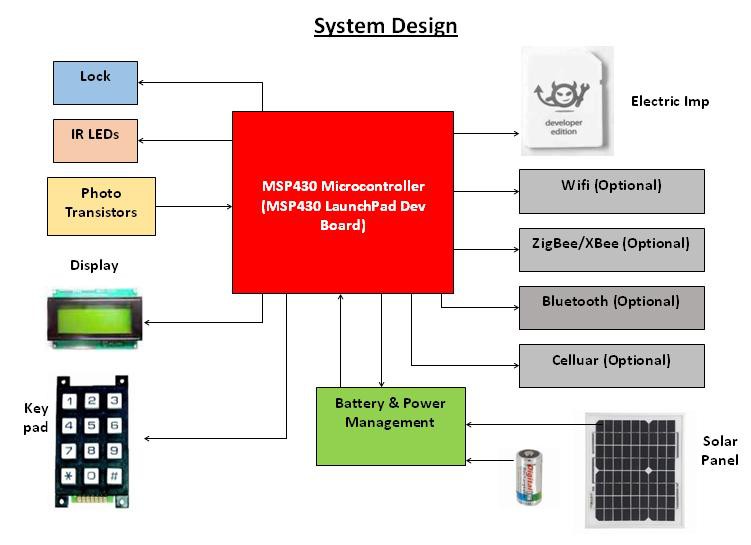




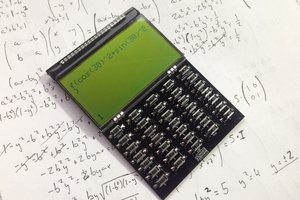
 Ramón Calvo
Ramón Calvo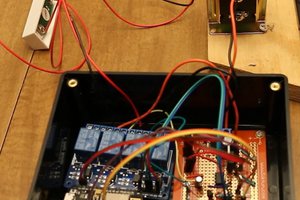
 David Spinden
David Spinden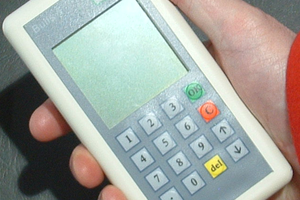
 Boz
Boz